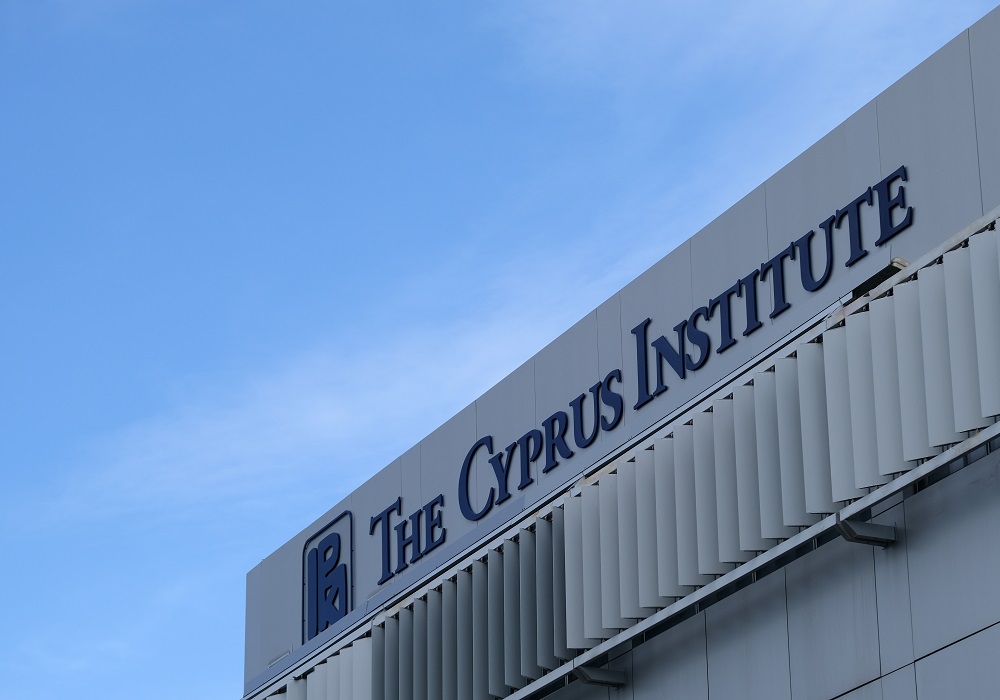Visit The Cyprus Institute researchers and learn about their fascinating projects!
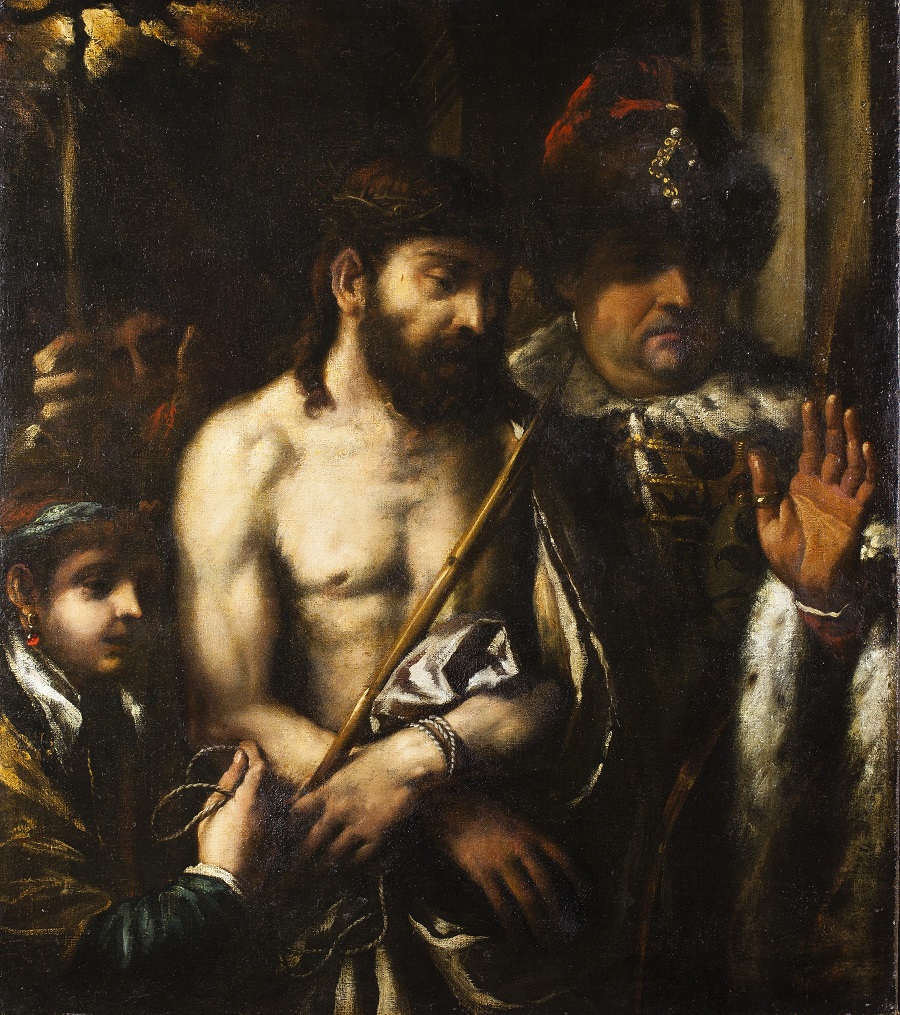
During the Scyence Fair, visitors will have the opportunity to discover, among other things, how science and art come together to reveal hidden secrets of our cultural heritage. The Andreas Pittas Art Characterization Laboratories (APAC Labs) of the Science and Technology in Archaeology and Culture Research Center (STARC) will present the exhibition “Unseen Gaze: Discovering an Unknown Work by Titian”, which was recently hosted in Limassol with great success, receiving enthusiastic reviews from international news agencies.
The exhibition highlights the major scientific discovery of an unknown portrait hidden beneath the famous painting Ecce Homo by the Renaissance artist Titian, a work dating back to 1570. This revelation was made by APAC Labs researchers using advanced technology and modern scientific methods. It is one of the most significant achievements in the field of art study and analysis on an international level.
For this reason, we invite the public to visit the Scyence Fair to see the famous painting up close and learn more about the groundbreaking process used to uncover a secret that remained unseen for centuries.
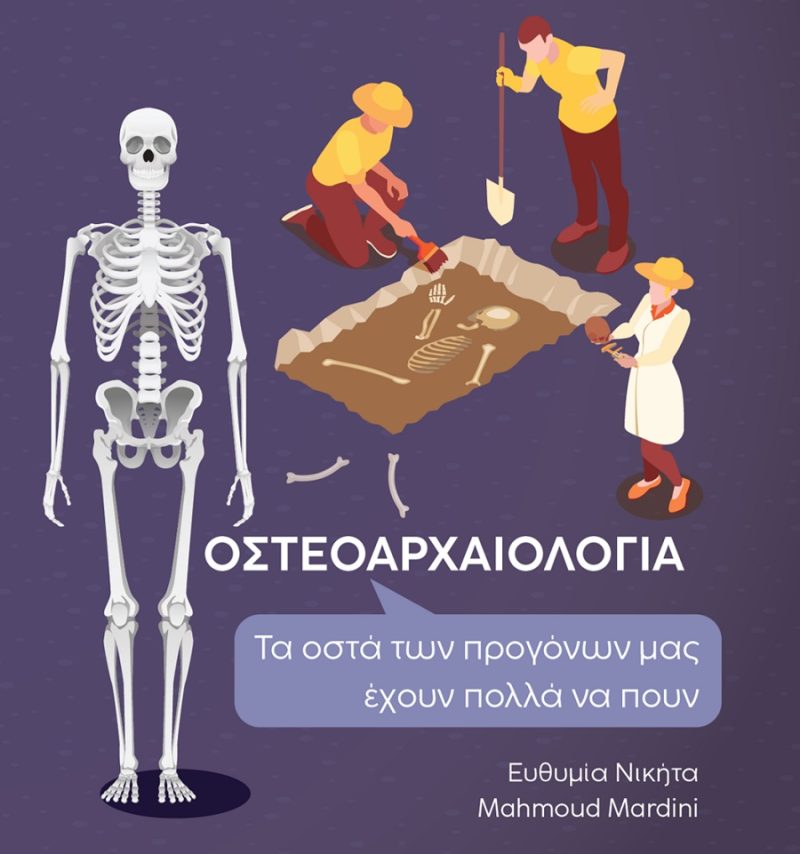
Team: Efthymia Nikita, Evi Margaritis
Bioarchaeology examines organic remains, i.e. seeds, human and animal bones, from archaeological excavations. These remains could be said to be ‘unsung heroes’ because they give us unique information about the lives of our ancestors, but they often go unnoticed in excavations, even in museums, where the emphasis is usually on material culture. But how can seeds and bones help us better understand our history?
Guided by Archaeologists-Researchers from the Cyprus Institute, we will explore how ancient seeds and animal bones can shed light on diet, environment and economy in the ancient eastern Mediterranean, from prehistory to recent times. We will also see how the human bones we find in an excavation can shed light on how our ancestors lived: What age could they have reached? What diseases did they suffer from? How difficult were their daily tasks? The present action takes us on a journey to the roots of the Mediterranean populations, from the Neolithic period to the present day. Therefore, we invite elementary school students for a trip to the past with our guides, the ‘unsung heroes’ of the excavation.
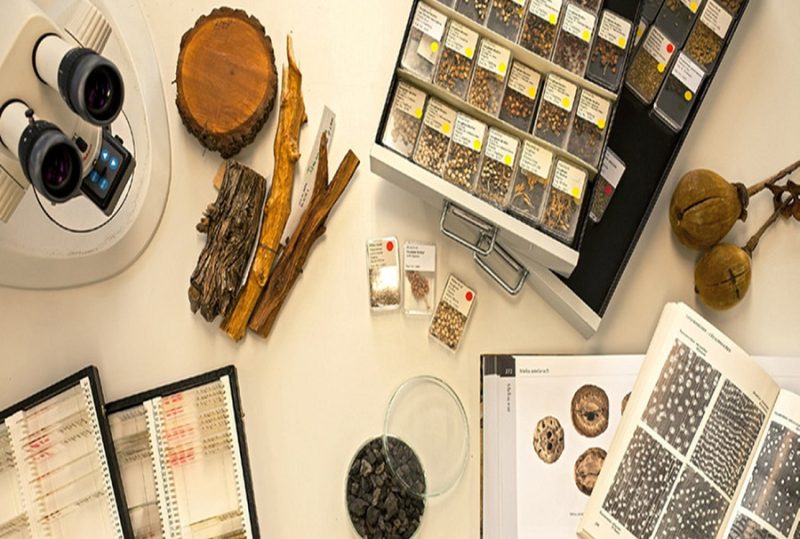
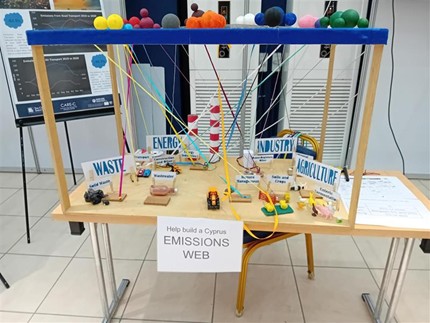
Team: Corey McClintock, Marios Christoforides
Cyprus and the whole Middle East Region will likely be greatly affected by climate change. Emission inventories are a key part of monitoring pollutants and greenhouse gases from local and regional sources. Visitors, including young ones, can participate in hands-on activities to learn more about these inventories in Cyprus, contextualize the emissions, and explore mitigation options.
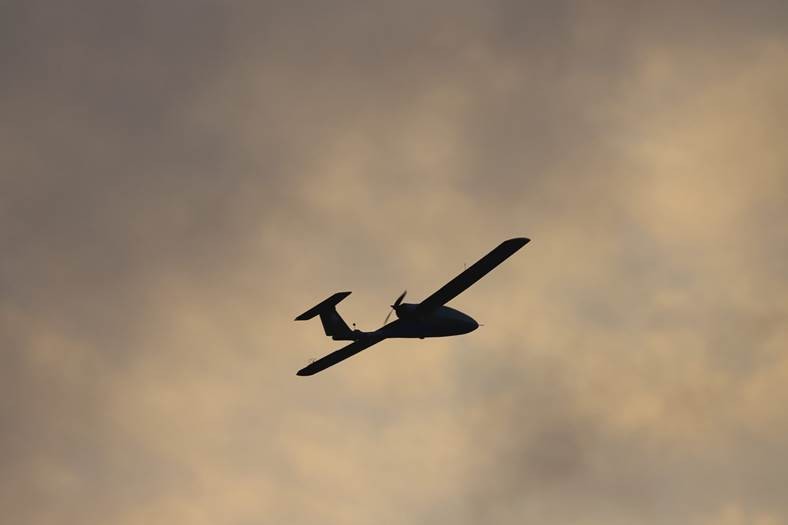
Only Saturday, 5 April 10:00 – 13:00
A unique opportunity to experience cutting-edge technology up close!’’
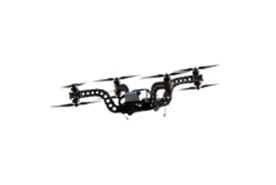
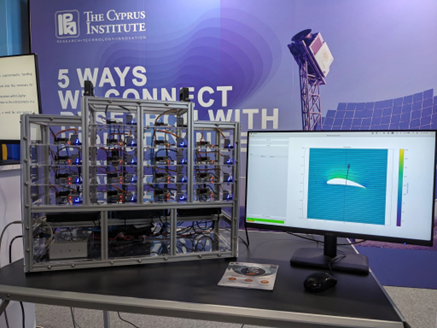
Team: EuroCC2 Engineering Team | Lead Researcher: Giorgos Kosta
“Zephyr is a miniature supercomputer designed to make the complex world of supercomputing accessible and engaging for young learners. Made from 18 Raspberry Pi computers, it showcases the power of collaboration in computing through interactive games and visual indicators. At our science fair, children can explore real-world problem-solving through hands-on activities, demonstrating the immense potential of teamwork in technology. Zephyr brings the concept of supercomputing to life, offering a unique educational experience that inspires curiosity and innovation.”
What is Zephyr?
Imagine a supercomputer so big it fills up an entire room with its many parts! That’s what Cyclone is. But, it’s too big to bring to our science fair. So, we have something special called Zephyr – a mini supercomputer that’s just as cool but small enough to fit in a suitcase!
How Zephyr Works:
Zephyr is like a tiny supercomputer family, made of 18 little computers called Raspberry Pis. These Pis can talk to each other and work together to solve big problems, just like the giant supercomputers do!
- Tiny but Mighty: Each Raspberry Pi is super tiny, not much bigger than a deck of cards, but they can do a lot! They have brains (CPUs) that can do four things at once.
- Seeing the Action: Zephyr uses colourful lights to show what it’s doing – like thinking hard or keeping cool.
- Talking to Each Other: The Raspberry Pis pass secret messages through cables to share what they know, just like passing notes in class!
- Power Up: It needs more juice (power) than a laptop, but don’t worry, it has its own magic power box to keep it running.
Inside Zephyr:
We’ve put Zephyr in a see-through case, so you can see everything happening inside. It’s like looking into a bee hive and seeing all the bees working together!
Games on Zephyr:
Zephyr isn’t just for show; it has cool games that let you solve real-world puzzles!
- Design an Aerofoil: Become an airplane designer! Use sliders to change your airplane wing’s shape and see if it can fly high without using too much fuel.
- Coastal Defenses: Play the role of a hero saving a town from big waves! Decide where to put sea walls to keep the town safe without breaking the bank.
Why Zephyr is Awesome for Science:
Zephyr shows us how supercomputers help scientists solve big problems, from making airplanes fly better to keeping our coasts safe. And it does all this in a way that’s fun and easy to understand!
Come join us at the science fair to explore the tiny yet mighty world of Zephyr. You’ll see how even the smallest computers can solve huge problems when they work together!

Team: Constantinos Kritiotis, Afroditi Magou, Natalie Kafandari
ONEPLanET project aims at empowering African policymakers, research and academia, investors and citizens with the necessary tools and know-how to increase clean energy generation and sustainable use of resources while reducing inequalities and cultural/socio-economic gaps. The project is coordinated by RINA Consulting (Italy) and brings together 12 multidisciplinary partners in 9 European and African countries. The scope is integrating knowledge, speeding up the implementation of WEF Nexus modelling, and capitalizing on project outcomes.
For Oneplanet, we will have solar ovens and we will be baking bread with them, kids will be able to learn about the Water Energy and Food Nexus and play also a gameto learn about the use of the solar ovens, eat the baked bread.
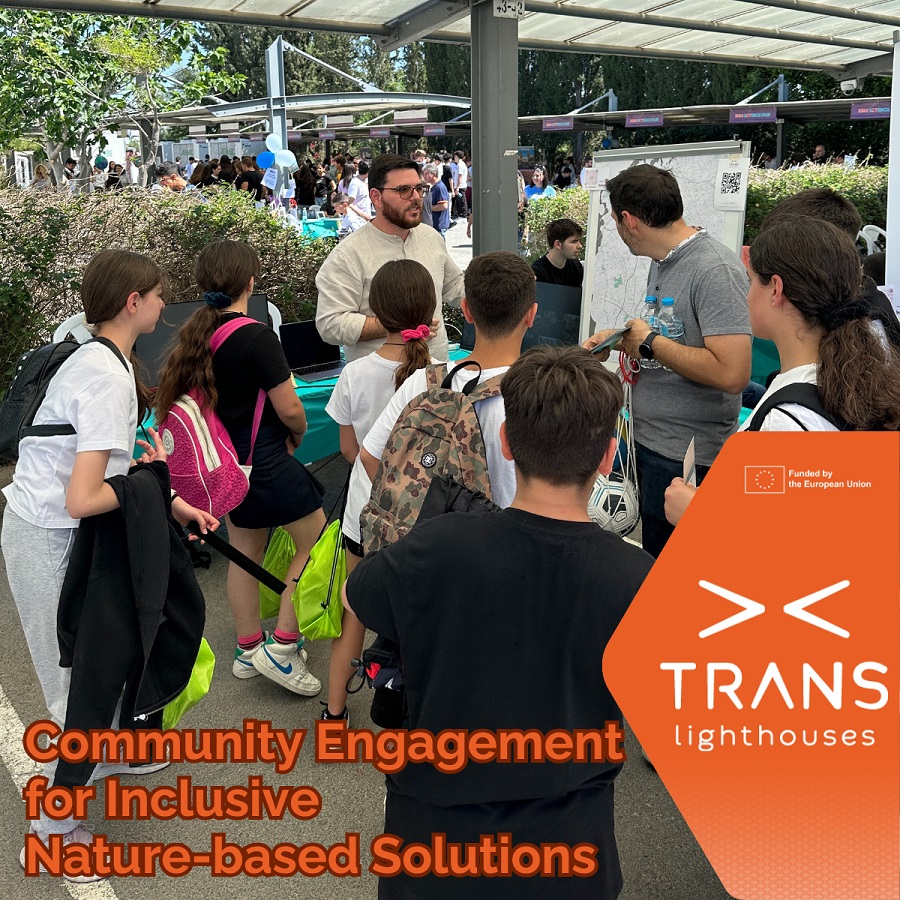
Team: George Artopoulos PI, Michalis Konnaris, Charalambos Spanos, Constantinos Kritiotis, Afroditi Magou, Natalie Kafandari
This Project has been funded by the Horizon Europe program (call HORIZON-CL6-2022-COMMUNITIES-01-05) in the financial instrument Research and Innovation (RIA). One of the main objectives of the Project is to implement pilot projects with Nature Based Solutions (NBS) – in various regions in Europe and in the Project Partner countries. Also, a necessary element for the Project is the concept of the Living Knowledge Lab and the participation of the competent Governmental Departments, the local community and all involved bodies in the design. The Municipality of Strovolos also has an important contribution to this Project, since this Project includes synergies with the existing plans to upgrade the Linear Park of Pedieos River within the framework of the Integrated Spatial Development Strategy financed through the THALEIA 2021-2027 tool.
For Translighthouse kids will be able to learn about Nature Based Solutions and build bird houses made from cartons and material sourced from Pedieos river. We will then take pictures of the nests and using AI we will place then in the natural habitat of the birds that will be “using” them. Also we will be giving the kids the nests they build together with a printout of their nest in the natural habitat.
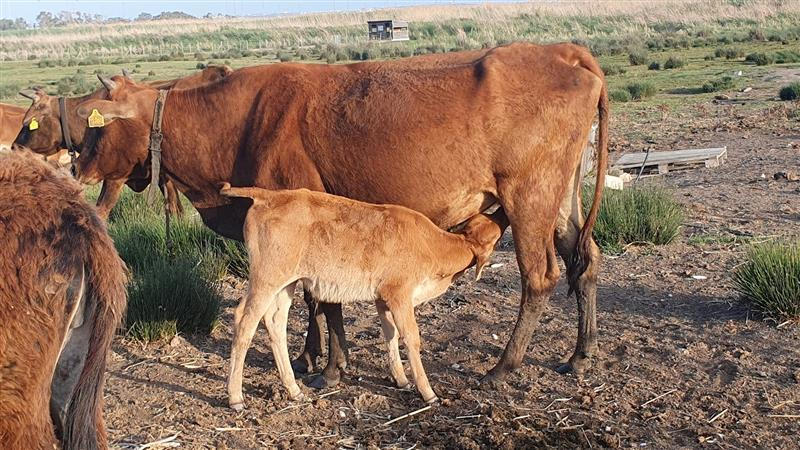
Team: Anna Spyrou
At this station, the visitor will have the opportunity to learn about the indigenous cattle breed of Cyprus and its interesting journey through space and time. Through various activities, children and adults will be informed about the past of an animal that played an important role in the island’s pre-industrial economy and reflect on the need to protect it for the future. The activity falls within the framework of the ARETI project, funded by the Anastasios G. Leventis Foundation. The project is based on the collaboration between the Cyprus Institute and the Agricultural Research Institute.
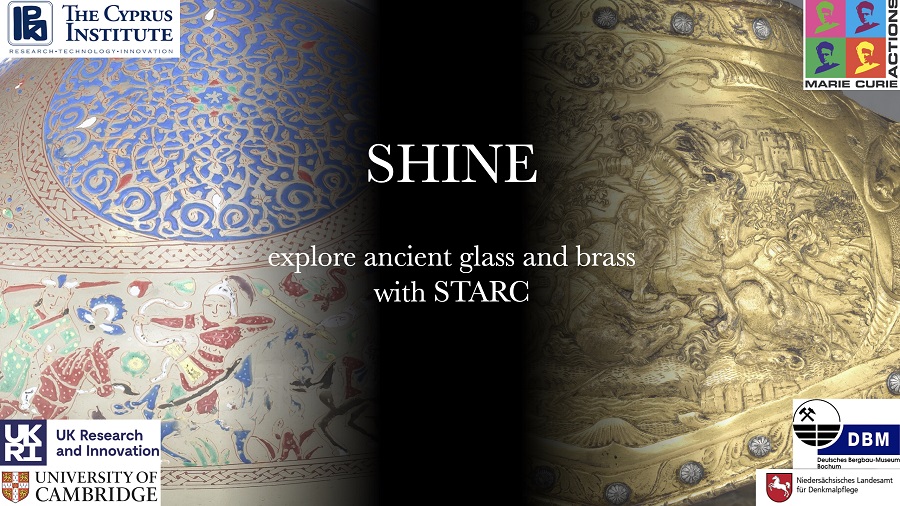
Research team: Angela Celauro, Qin-Qin Lü, Kolawole Adekola, Andreas Charalambous, Meghna Desai, Marcel Frenken, Demetris Ioannides, Anzhelika Kolesnychenko, Thilo Rehren.
Discover the fascinating history and science of glass and brass – two timeless materials – with STARC researchers! From stunning artworks and intricate ornaments to religious objects and everyday tools, glass and brass have been valued as versatile materials throughout history. While glass is translucent and brass has a warm golden glow, both require knowledge about ingredients and a mastery of high-temperature craftsmanship. In this sCYence Fair, uncover the secrets behind these remarkable historical materials through engaging documentaries and activities, enjoyable for all ages.
 In the frame of two Marie Skłodowska-Curie Action Postdoctoral Fellowships:
In the frame of two Marie Skłodowska-Curie Action Postdoctoral Fellowships:
SILKGLASS (Production and dispersion of Silk Road glass in Central Asia, approved by Horizon Europe (No. 101154002), funded by UKRI (No. EP/Z003032/1).
DE CADMEA (Depicting the Extraction of Cadmea and Different Mineral Earths in Ancient metallurgy), approved by Horizon Europe (No. 101109703).


